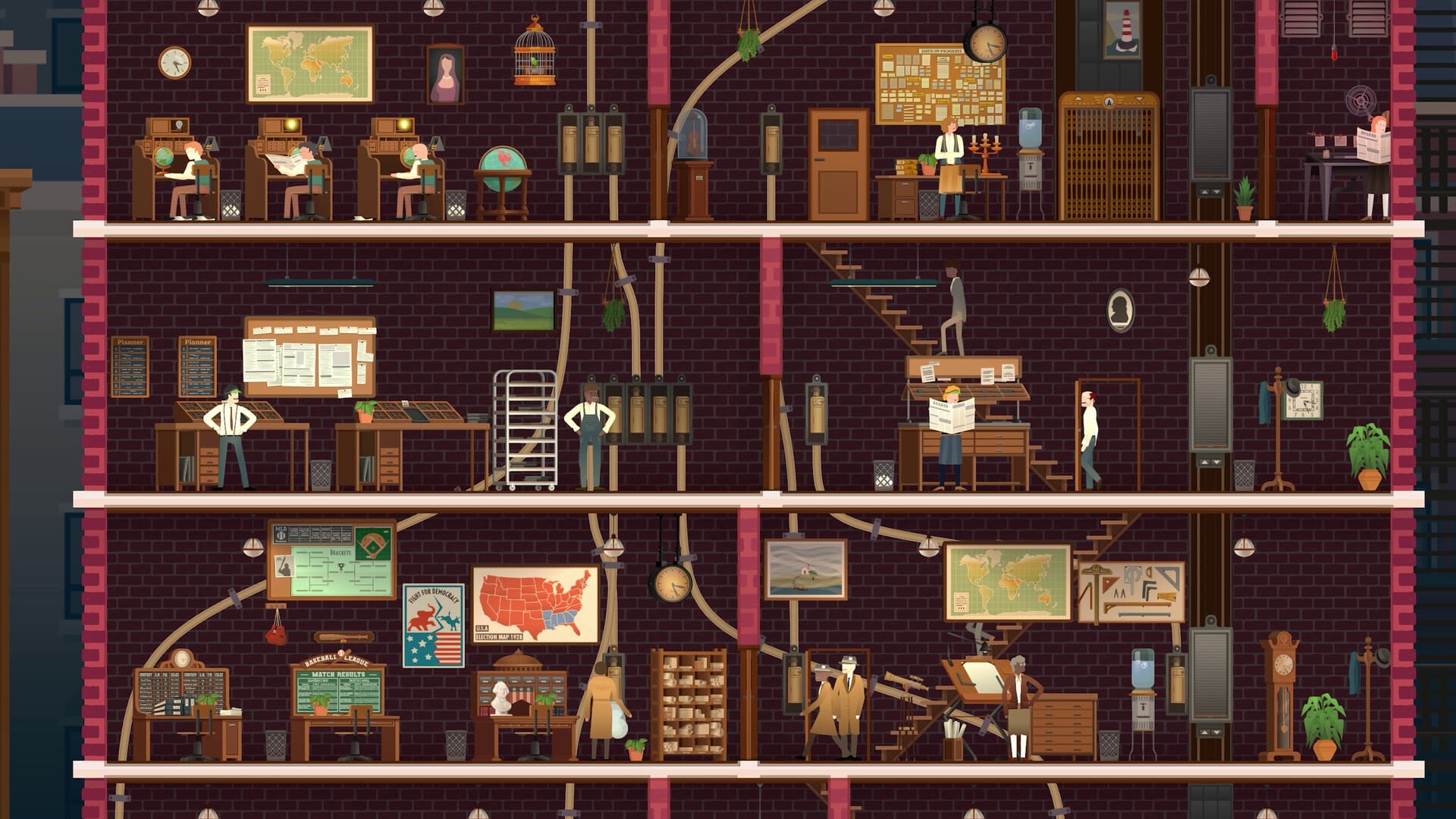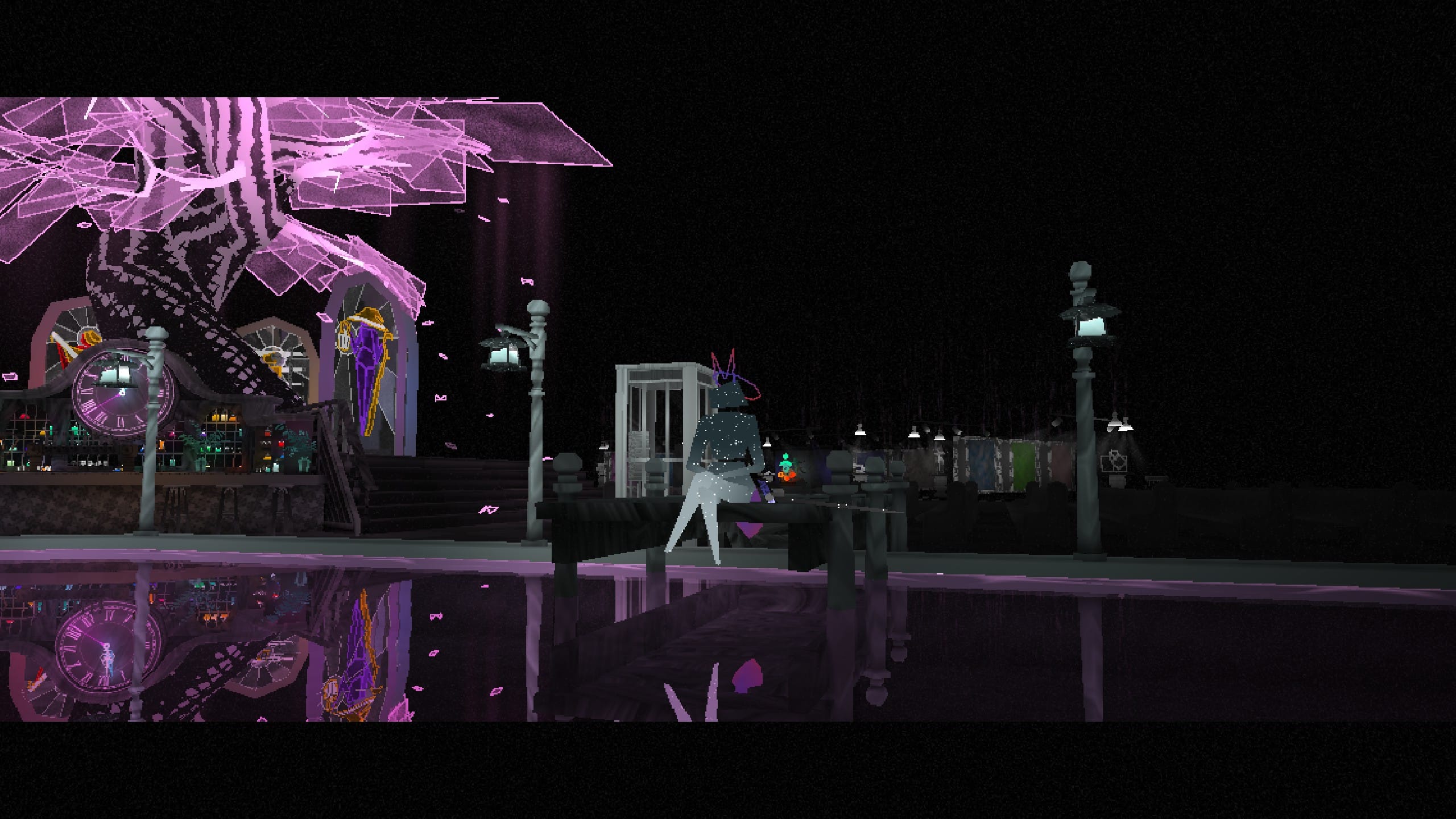Hawaii is a lovely place. Seriously, if you get a chance, you should go to Hawaii. Lovely islands, gorgeous weather, friendly people. It has it all. What it also has is a surprisingly long history. Before the British/American invasion, it had an almost thousand year old culture and heritage, one that was by and large eradicated by American colonization. But many elements of ancient Polynesian culture are still around today, and continue to inspire new works of art such as Disney’s Moana, or indeed A Rite from the Stars, the first game from Spanish developer Risin’ Goat, which was successfully Kickstarted in 2014.
A Rite from the Stars focuses on Kirm, a young boy who has been marked to become a legend amongst the Makoan people. All young men must undergo the rite of passage, but only a few are selected by a guiding light to become legends. Drawing on Hawaiian and Polynesian cultures, the Makoa is an ancient tribe full of both magic and mysteries, and even have their own unique language (which was invented for the game). Kirm’s guiding light, a small, Na’vi like creature called Hoku, is your main companion through the game and offers helpful tips in most situations. There is also a slightly blunter in-game hint system, should a particular puzzle get the better of you.

The game is broken into three main segments; the Rites of Courage, Spirit and Wisdom. Each rite focuses on a different area of gameplay, and each has a variety of different puzzles to complete within it. The rites can be tackled in any order you fancy. You don’t have to complete a rite all in one go, and can return to the Sacred Grounds at any time to start a different rite and pick up from where you left off. It’s a shame then that all three of the rites tend to overly rely on trial and error gameplay, and only rarely allow the player the freedom to intuit the solution themselves without having previously failed multiple times.
The Rite of Courage features a variety of puzzles that you must complete alongside your meerkat spirit companion Mirk, making this element of the game feel rather like the gameplay from Brothers: A Tale of Two Sons. You can left-click to move Kirm, and right-click to move the meerkat. Sometimes balloon plants will be blocking your path, and you must have your meerkat buddy press a different plant to clear your path. In other areas, poisoned clouds must be activated by the meerkat (who is thankfully immune to poison) so that Kirm may safely cross them. Unfortunately, although this is an interesting gimmick, the actual puzzles you must complete are trial and error in the extreme. I was constantly failing and restarting due to either Kirm or the meerkat other dying, just to do one thing differently and start yet again. Nearly every puzzle is like this in the Rite of Courage, making this section of the game mostly a tiresome chore.

The Rite of Wisdom is the most traditional point-and-click adventure part of the game, and involves Kirm exploring the Temple of Yesterday to find a sacred idol. Most rooms in the temple are self-contained puzzles, and most don’t punish you by death if you fail them the first time. These puzzles are mostly of the variety you’d find in something like Monkey Island or other old-school adventure games; some mirrors need arranging in the right order, or some gongs must be hit correctly in order to make a staircase. There’s also a large labyrinthine maze to stumble around in the dark, as well as a giant snake to avoid.
Finally the Rite of Spirit plays rather like a stealth game. In this area, you have the ability to flip between the spirit world and the real world. In the real world, the ghostly spirits of the dead cannot harm you, but at the same time, the platforms showing the path you must take are invisible. In the spirit world, the platforms are mercifully visible, but so are the damned spirits who will immediately ambush you the moment they spot you. Most of this rite involves flipping back and forth between the spirit and the real world, dodging the spirits and trying to memorize the layout of platforms. It’s perfectly serviceable, but again it is tediously trial and error in nature, allowing for many moments when you flip back to the spirit world to find yourself immediately on top of a spirit, leading to your sudden and inevitable death.

A Rite from the Stars features a fascinatingly beautiful world, but sadly spends most of its time on relatively rote, repetitive puzzles. The invented Makoan language is a lovely addition, and the character and world design is wonderfully lush and reminiscent of the classic Psychonauts in some areas. However, most of what you actually do moment to moment in the game is uninteresting and tedious, with lots of replaying puzzles you previously failed because you accidentally stepped in the wrong location. Some areas (particularly the Rite of Spirit) would really welcome a direct control scheme rather than point-and-click, as I found myself walking off cliffs when flipping between worlds. A Rite from the Stars has its heart in the right place, but with such pedestrian gameplay holding it together, you’ll find yourself struggling to see it through to conclusion.




